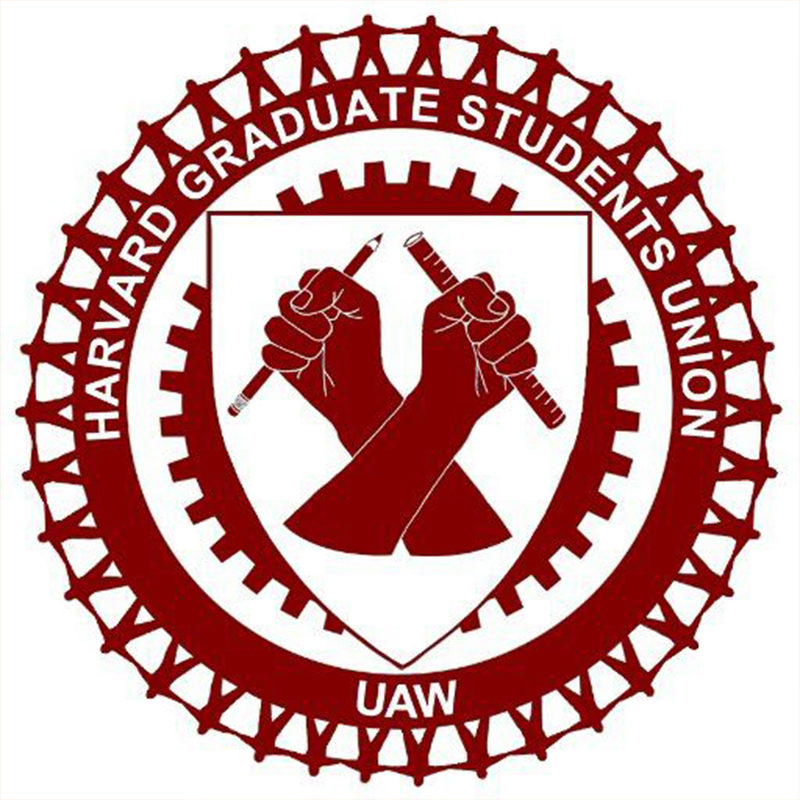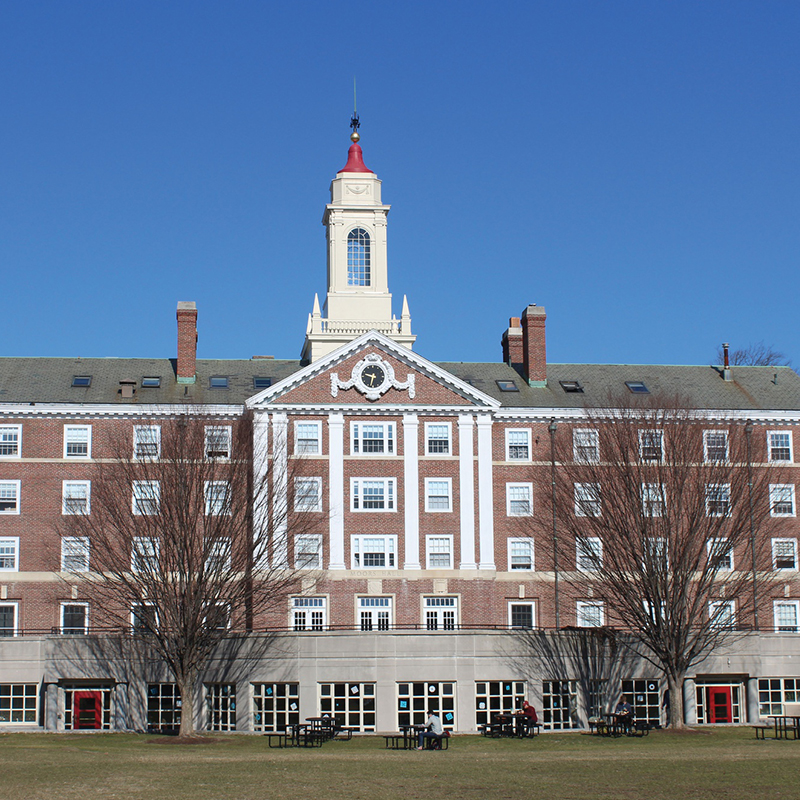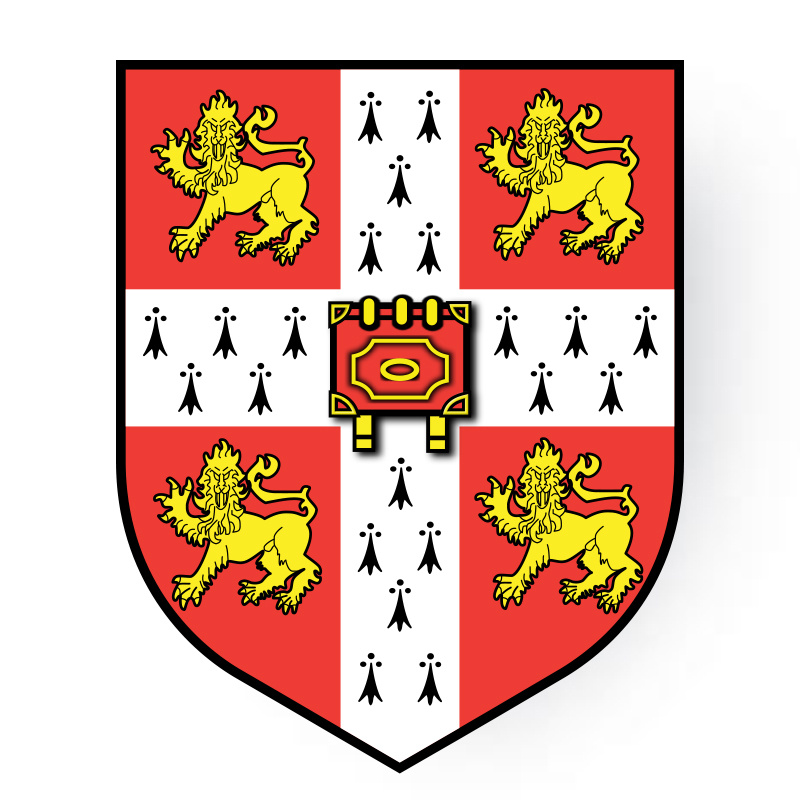About Me
About Me
I'm Boryana Hadzhiyska, Assistant Professor at University of Cambridge
I originally come from Sofia, Bulgaria, and am currently an Assistant Professor at the University of Cambridge, where I work on various concepts in (mostly) theoretical cosmology.
The research questions that keep me up at night can be divided into the following broad categories: how much can we learn about the galaxy-halo connection from state-of-the-art cosmological hydrodynamical simulations, how can we apply this knowledge in the most optimal and accurate way to N-body simulations, what innovative methods can we use to improve our inference on cosmological parameters from galaxy survey data, and how can we combine galaxy clustering and lensing data with early Universe probes such as the Cosmic Microwave Background (CMB) to place better constraints on cosmological parameters.
In my many hours of free time, I like biking to quiet places in nature, spending time with my wonderful partner, singing, reading, learning new languages, supporting social justice issues as best as I can, and eating lots of ice cream! I am also a member of the LGBTQ+ community and am open to talk to anyone about it!
- Name:Boryana Hadzhiyska
- Email:boryanah@
ast.cam.ac.uk - Research Interests:Theoretical Cosmology, Large-scale Structure, N-Body Simulations, Galaxy-halo Connection
- Current Position:Assistant Professor & Cambridge University
- Postdoctorate:Miller Fellow & Chamberlain Fellow, Berkeley
- PhD Advisors:Daniel Eisenstein, Lars Hernquist
- Education:
2022 - PhD in Astrophysics, Harvard University
2018 - MASt, Cambridge University
2017 - BA, Princeton University
Research
Research
Galaxy-halo Connection
I am eager to learn more about how galaxies connect with their host dark matter halos. In particular, I am investigating questions such as what halo properties determine halo occupancy and how important assembly bias is. Answering those would surely provide us with perspective on how to best construct mock galaxy catalogs.
Emission-line Galaxies (ELGs)
A hotly debated topic is that of the assembly bias signal (or lack thereof) of ELGs, which are the target of many current and future galaxy surveys. My contribution to this discussion is in modeling and extracting those from a hydrodynamical simulation and studying their large-scale distribution and clustering statistics. The highlight of this work (good news for some!) was finding a much weaker assembly bias signal for ELGs, ~3%, compared with the ~12% we find for the other contentious galaxy sample, LRGs.
N-Body Code | Abacus
The first task of my PhD was the development of an on-the-fly optimized halo finder to be used by the super accurate and fast N-body code Abacus. Fortunately, we managed to deploy it in time for the launch of the unprecendented in its volume and resolution AbacusSummit N-body suite of simulations. Currently, I am developing the pipeline for producing accurate halo light cone catalogs and convergence maps that will enable the creation of galaxy mocks for clustering and lensing studies in a realistic manner.
IllustrisTNG
A lot of my work centers upon comparing various models for "painting" galaxies onto dark-matter only simulations with the state-of-the art hydrodynamical simulation, IllustrisTNG. I have explored the shortcomings of the baseline HOD model and pointed out ways in which it can be tuned to match TNG better. I've also tested additional frequently employed models such as subhalo abundance matching (SHAM) as well as included statistical probes beyond the two-point correlation function such as the galaxy-void clustering, the galaxy-galaxy lensing, and the cumulative density distribution. Soon I will further probe and broaden these topics in an even larger hydrodynamical volume, thanks to the MillenniumTNG project.
Semi-Analytical Models
A fascinating question to me is: to what extent can we use simple physical models to produce accurate predictions about galaxy formation and distribution. Knowing that purely phenomenological models such as HOD have their shortcomings when it comes to predicting galaxy clustering at the percent level, I would like to know can we design more complicated (and yet efficient) models that match it better. To elucidate on that, I am comparing Rachel Somerville's semi-analytical model to the IllustrisTNG clustering and hoping to apply that knowledge to larger volumes where hydrodynamics are not feasible.
Projected galaxy data
With a small but valiant team comprising of Anze Slosar, David Alonso, and Andrina Nicola, I have been developing methods to better constrain cosmological parameters from photometric galaxy surveys. First, we proposed a method for marginalizing over photometric uncertainties in galaxy-galaxy measurements, which we are currently extending to include cosmic shear measurements. Our more recent undertaking involved constructing a Hybrid Effective Field Theory emulator using Abacus and applying it to the DES Y1 data, to obtain more stringent cosmological constraints.
Cosmic Microwave Background
My first encounter with cosmology was through studying the CMB map and exploring ways of extracting additional information, which is still a very dear topic to my heart. I recently developed a small-scale CMB lensing estimator with Blake Sherwin and others, which will hopefully prove itself useful in the era of CMB-S4. We are also working on a maximum likelihood estimator that will combine the best of both worlds (i.e. the low noise of the quadratic estimator on large and the simplicity of small-scale CMB lensing).
Machine Learning
Although still a novice, I am curious to find out how useful machine learning algorithms can be in informing us about the ways galaxies populate halos. To this end, I, along with a team of other bright people, employ symbolic regression algorithms to predict the HOD of halos in IllustrisTNG. By applying this knowledge to N-body simulations, we can pave the way for creating more realist mock galaxy catalogs.
Publications
Publications
Apr 2020
Limitations to the `basic' HOD model and beyond
BH, Sownak Bose, Daniel Eisenstein, Lars Hernquist, David N. Spergel
We make use of the IllustrisTNG hydrodynamical simulations to test fundamental assumptions of the Halo Occupation Distribution (HOD) approach to modelling the galaxy-halo connection. By comparing the clustering of galaxies measured in TNG300 with that predicted by the standard HOD model, we find that, on average, the "basic" HOD model underpredicts the real-space correlation function by ∼15% on large scales, which is well beyond the target precision demanded of next-generation galaxy redshift surveys. In our exploration of "secondary" parameters with which to augment the "basic" HOD, we find that the local environment of the halo and the velocity dispersion anisotropy help the most with reconciling the HOD clustering with that of TNG300.
Oct 2021
CompaSO: A new halo finder for competitive assignment to spherical overdensities
BH, Daniel Eisenstein, Sownak Bose, Lehman Garrison, Nina Maksimova
We describe a new method called CompaSO for identifying groups of particles in N-body simulations. This halo-finding algorithm is used in the AbacusSummit suite. CompaSO builds upon existing spherical overdensity algorithms by taking into consideration the tidal radius around a smaller halo before competitively assigning halo membership to the particles.
Feb 2021
The galaxy-halo connection of emission-line galaxies in IllustrisTNG
BH, Sandro Tacchella, Sownak Bose, Daniel Eisenstein
We employ the hydrodynamical simulation IllustrisTNG to explore the halo occupation distribution (HOD) and environmental dependence of luminous star-forming emission-line galaxies (ELGs) at z∼1. We demonstrate that the ELG populations are twice more likely to reside in lower-density regions (sheets) compared with the mass-selected populations and twice less likely to occupy the densest regions of the cosmic web (knots). We estimate the assembly bias signal at ∼4% for the DESI sample at z=0.8, which is less compared with that of LRG-like samples, but nevertheless, requiring attention.
Oct 2020
Analytic marginalization of N(z) uncertainties in tomographic galaxy surveys
BH, David Alonso, Andrina Nicola, Anže Slosar
We present a new method to marginalize over uncertainties in redshift distributions, N(z), within tomographic cosmological analyses applicable to current and upcoming photometric galaxy surveys. We allow for arbitrary deviations from the best-guess N(z) governed by a general covariance matrix describing the uncertainty in our knowledge of redshift distributions.
Feb 2021
Extensions to models of the galaxy-halo connection
BH, Sownak Bose, Daniel Eisenstein, Lars Hernquist
We explore two widely used empirical models for the galaxy-halo connection, subhalo abundance matching (SHAM) and the halo occupation distribution (HOD) and compare their predictions with the hydrodynamical simulation IllustrisTNG (TNG) for a range of statistics that quantify the galaxy distribution. We observe that in their most straightforward implementations, both models fail to reproduce the two-point clustering measured in TNG. We also consider a two-dimensional implementation of the HOD model augmented with environment and velocity anisotropy and find both samples to be consistent with full-physics across all statistical probes examined.
Oct 2021
The halo light cone catalogs of the AbacusSummit suite of simulations
BH, Daniel Eisenstein, Sownak Bose, Lehman Garrison, Nina Maksimova
We describe a method for generating halo light cones using the AbacusSummit suite. The halo light cone catalogs for base simulation (mass resolution of 2 10^9 Msun/h and box size of 2 Gpc/h) cover an octant of the sky to z = 0.8 and about 1800 deg^2, at z = 2.5. We perform various tests and to validate its accuracy and compare the clustering properties of light cone mock catalogs with that of snapshot catalogs.
July 2021
Galaxy assembly bias: a comparative study between IllustrisTNG and a semi-analytical model
BH, Sonya Liu, Rachel Somerville, Sownak Bose, Daniel Eisenstein, Lars Hernquist
We compare the hydrodynamical simulation IllustrisTNG with a semi-analytical model calibrated to match various galaxy properties. We study LRG- and ELG-like samples at redshifts z = 0 and z = 0.8, comparing them in terms of their large-scale structure properties such as halo occupation distribution, two-point clustering of the galaxies, void-galaxy correlation function, cumulative galaxy density, and galaxy-galaxy lensing. We further study the assembly bias signal in both TNG and the SAM and trace its origins iin both in an effort to explain the observed discrepancies.
March 2021
Hefty enhancement of cosmological constraints from the DES Y1 data using a Hybrid Effective Field Theory approach to galaxy bias
BH, Carlos Garcia-Garcia, David Alonso, Andrina Nicola, Anže Slosar
We present a re-analysis of the shear and galaxy clustering data from first-year Dark Energy Survey data (DES Y1), making use of a Hybrid Effective Field Theory (HEFT) approach to model the galaxy-matter relation on weakly non-linear scales, initially proposed in Modi et al. (2020). This allows us to explore the enhancement in cosmological constraints enabled by extending the galaxy clustering scale range typically used in projected large-scale structure analysis.
Teaching
Teaching

"Introduction to Cosmology" Course Instructor, Harvard Summer School
I'm currently in the midst of designing an introductory course on cosmology that will take place in July 2021. It is geared towards high school students eager to know more about the Universe and is going to cover topics such as the accelerated expansion of the Universe, the Big Bang, galaxy formation and evolution, and special topics of interest such as black holes and gravitational waves. I'm hoping that this course will teach me invaluable pedagogical skills. At the same time, I hope it will be enjoyable for the students.

"ROCKSTAR vs. FoF: a feud"
Kikyo Hattori & Faith Rounds Science Research Mentoring Program, Harvard-MIT
For a year, I mentored two brilliant students from a local public high school who analyzed the flaws in the ubiquitously used Friends-of-Friends halo-finder when measured up against the much more accurate but computationally expensive ROCKSTAR algorithm. Apart from the pure research component, we also developed an informative website for amateur astronomers, and one of the students designed a smart phone app. I feel like this project taught me that sometimes research can take unexpected turns, but those are often for the better!

"A Semi-analytical study", S. L. Polygence, online
I've been mentoring an advanced high school student through the online platform Polygence for a year now. Our project involves comparing the large-scale clustering predicted by a semi-analytical model and a hydrodynamical simulation. This experience has been really helpful for me in terms of figuring out the best way to explain concepts in astronomy and teach the skills needed to conduct research at an academic level.

"Intro to Astronomy" and "Life as a planetary phenomenon" Teaching Fellow, Harvard
As part of my PhD, I served as a teaching fellow for two excellent courses taught by Dave Charbonneau and Dimitar Sasselov. I led a section for each and was given a lot of freedom in deciding how to present the materials and engage the class. I was happiest in the moments when I felt like the students connected with me and trusted me enough to bring forth their questions and concerns.
Service
Service






Contact
Contact
Address
A-204, MS 10,
60 Garden Street,
Cambridge, MA 02138
(617) 384 9665